![]()

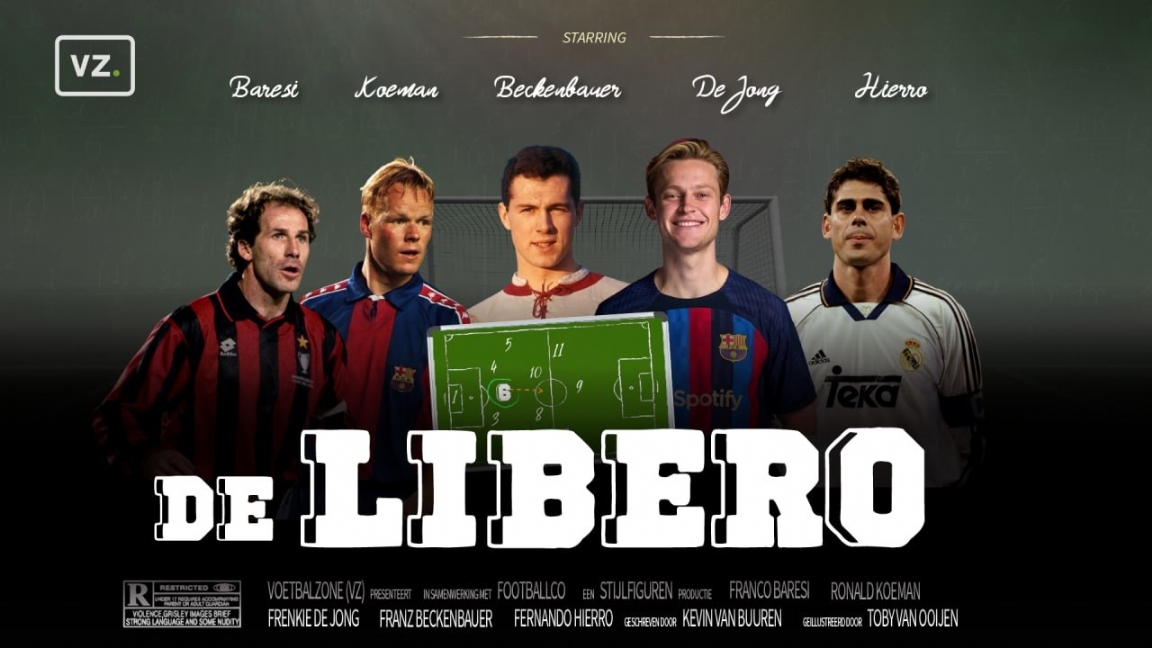
From total football to anti-football and everything in between. Winning the coveted three points has come in all shapes and sizes since time immemorial. In the section Style figures go Football zone along the fields of yesteryear to take a closer look at fabulous formations and special player roles. In this edition: the libero. The free defender who became the team’s first striker after reinventing a German legend.
At the beginning of 2018, Dutch football was captivated by the striking position of Frenkie de Jong. Former Ajax coach Marcel Keizer turned the controlling midfielder into a central defender. After his dismissal in December 2017, the new coach Erik ten Hag does not seem to deviate from the change. The idea is that De Jong slides in on the ball to act as an extra midfielder. This makes him seem an anachronism: a phenomenon that does not fit in his time. The position in perfect form was introduced in the 1970s by Franz Beckenbauer. However, unlike De Jong, the Bayern Munich legend was a pure defender, with the gogme of a midfielder. Beckenbauer was the first modern libero, unlike his predecessors who rose to fame in the Catenaccio of Italy.

Frenkie de Jong was suddenly posted as last man by Marcel Keizer.
A defensive concept
The ‘last man’ was originally invented by Karl Rappan in Switzerland. The Austrian trainer became a player/coach of Servette from Geneva in 1931. Because his semi-professional team lacked a mountain of quality, he chose to add an extra player to his three-man defense. This bonus man would move behind the last line. Like a safety net, he picked up the balls that the opponent managed to squeeze through the defense. The humble Rappan, however, would only be mentioned in the dustiest records. The history books, stories told by winners, link the last man to the Italian Catenaccio: il libero.
In Italy, the libero was piloted by Giuseppe Viani, who claimed to have invented the concept when he saw a pair of fishermen using a second net behind the first net. Fish that passed through the first layer were caught by the safety net. This ‘vision’ was embraced and transformed by Nereo Rocco, twice winner of the European Cup I with AC Milan, into Catenaccio football. Finally, the playing style, including libero, was perfected by Helenio Herrera and his Grande Inter. It is almost typical that ‘the free man’, coveted and wanted by every team on every field, stood behind his fellow players in Italy. Who is to tell them that the libero they invented, kidnapped or not from Switzerland, was only half of the mythical figure about whom heroic tales would be told for generations?
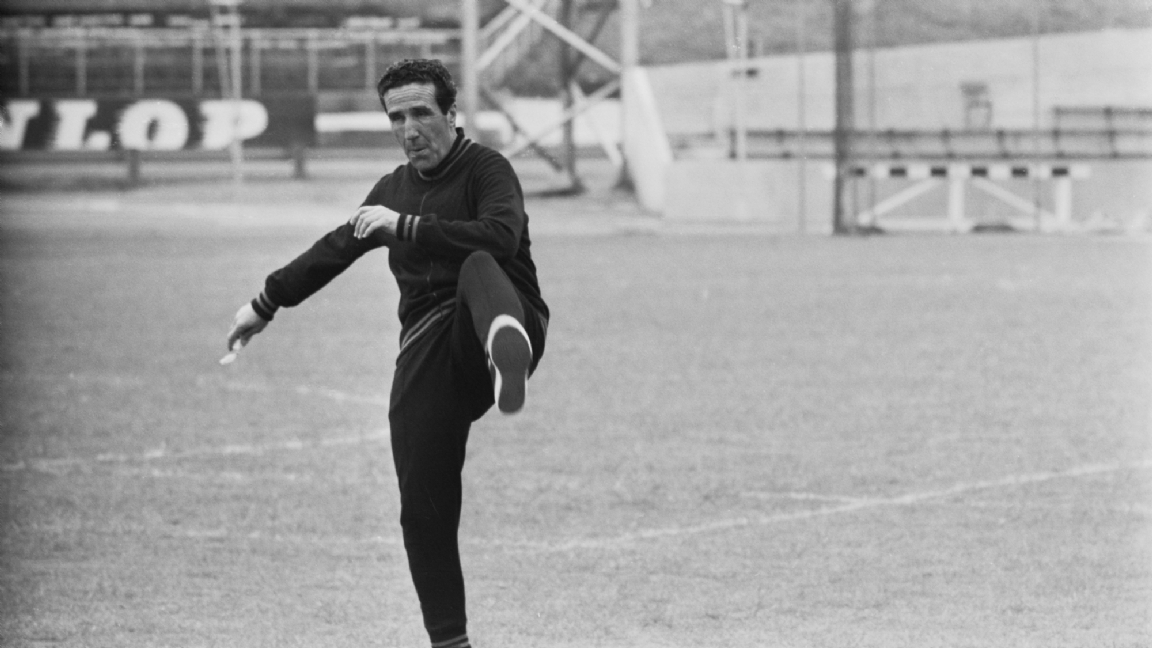
Helenio Herrera is seen in Italy as the Godfather of the Catenaccio.
The game divider from behind
“I have not seen a player who had such an overview of the game,” Felix Magath told the South German Zeitung about Beckenbauer. He was allowed to experience the legendary libero up close at HSV, then der Kaiser was at the end of his tether. Not exactly a typical characteristic for a defender, but Beckenbauer was praised for his qualities on the ball. He made his debut in 1964 as a midfielder for Bayern Munich. He lived in the right era, as the Bundesliga was founded in 1963. However, Bayern was not yet allowed to play in the top division. City fellow TSV 1860 Munich became champion in 1962 in the previous Oberliga. And for the new top competition: no two clubs from the same city. Two years later, Bayern was promoted after all, after which it never acted at a lower level again.
The players who witnessed the start of the Bundesliga were in a position to shape German football. Beckenbauer, on the other hand, would leave his footprint on the world stage. Already in 1965, at the age of twenty, he made his debut for the West German national team. Ten years later he made history. Germany also won the 1974 World Cup after the 1972 World Cup. Johan Cruijff’s Netherlands was defeated 2-1 in the final. Beckenbauer was captain and libero. Not because he could defend so fantastically, but precisely because he was so good on the ball. Beckenbauer was the last defender, and the first attacker. As soon as he won the ball, he dribbled into midfield. There he was immediately absorbed in his surroundings; the defender became playmaker. The libero, as everyone knew the position, turned out to be missing a significant other. Beckenbauer introduced it to the world: the offensive last man.
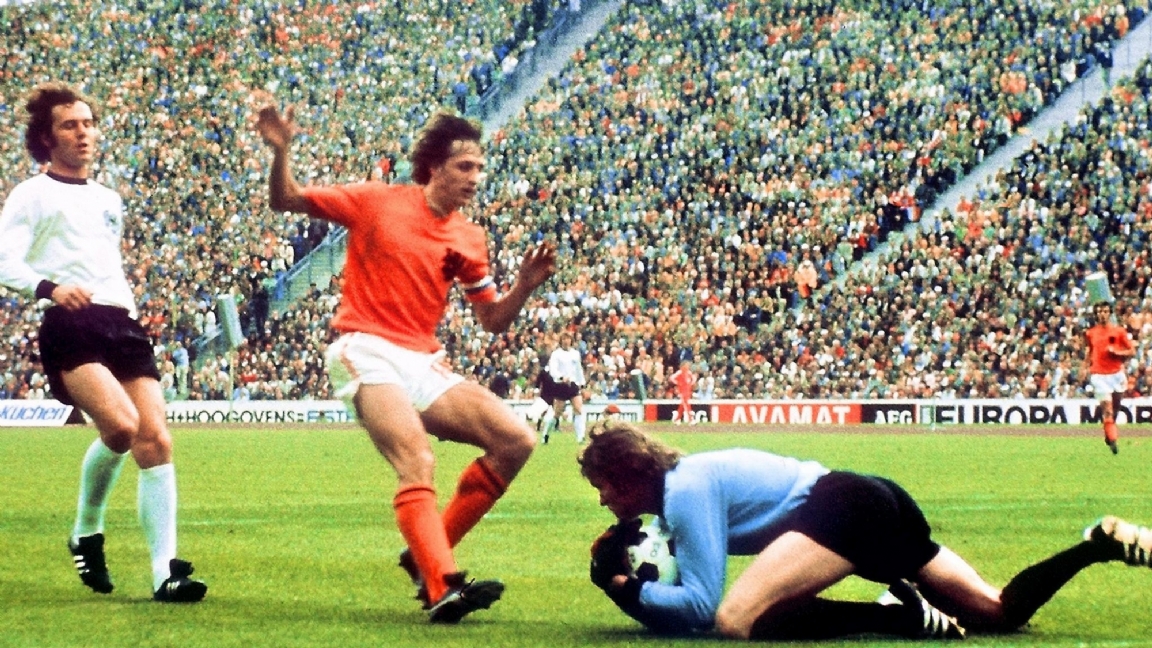
Libero Beckenbauer (left) wins the 1974 World Cup against Johan Cruijff.
“In those days, players didn’t move much from their position. A left back played left back. As a central midfielder you had responsibilities,” Beckenbauer later explained his position. “I had the chance to move more freely without those restrictions. It really was a revolution.” He was inspired by Giacinto Facchetti, who played as a left back under Herrera in the Grande Inter. Not a real libero, but an attacking left back who was known for his scoring ability. He was the unexpected cannon that appeared from the walls of the defensive Catenaccio fortress. Italy had to wait several years before it got a libero like Beckenbauer. Between 1977 and 1997 he caused a furore with AC Milan and the national team, with which he won the World Cup in 1982: Franco Baresi.
Libero: from the boot to the low countries
Anyone who studies the selection of AC Milan these days will not come across number 6. That number was retired after Baresi’s last game, in 1997, to honor the defender forever. After six national titles, as well as two promotions from Serie B (when the defender remained loyal to the club after match-fixing scandals) and three times the European Cup I, he was labeled an eternal club legend. He was the key to Milan’s revolution, under success coach Arrigo Sacchi and his high pressure moves, and new president Silvio Berlusconi. The politician and entrepreneur became owner of Milan together with his company Fininvest in 1986. = Baresi is not a typical defender either. His tackles are hard, but his moves elegant; his vision to distribute the game is second to none.
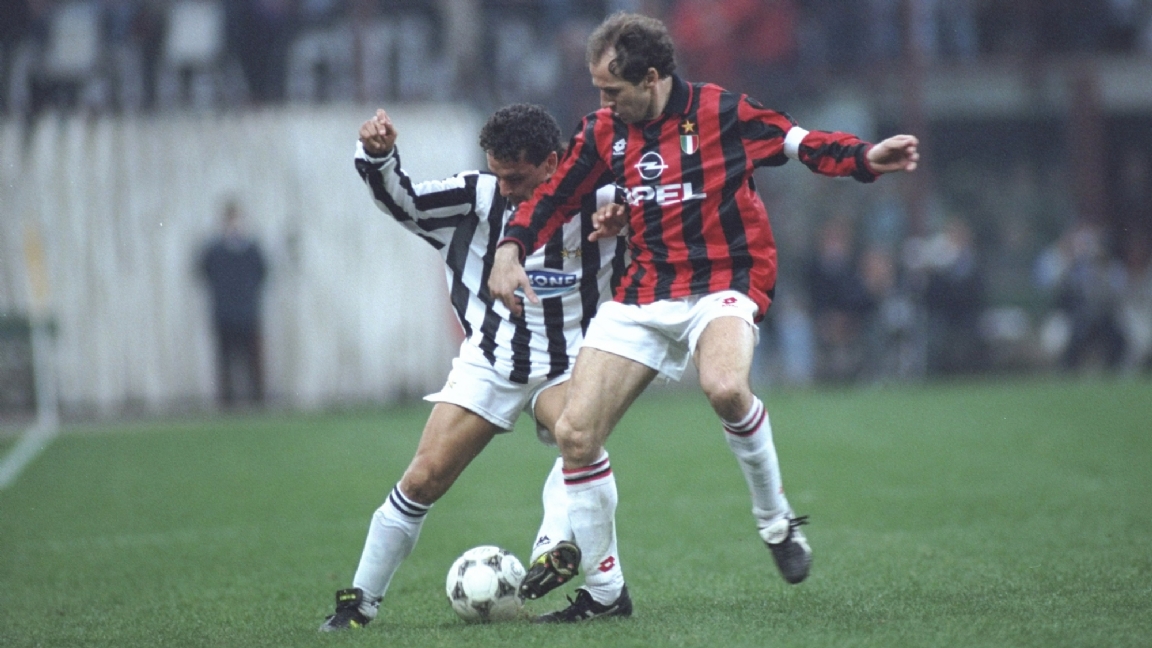
Baresi was known for his elegance and vision on the ball as a central defender.
The libero is also getting a second face in Spain. In 1989, Fernando Hierro Ruiz transferred from Real Valladolid to Real Madrid. In addition to his impressive appearance in the back, the defender is known for his attacking qualities. Hierro wins the national title five times with Real, three times the Champions League. More striking is that he scores no less than 102 goals in 439 games. In comparison: Sergio Ramos, widely praised for his scoring ability, needed thirty games more to score 72 times. Hierro did not win any prizes with the national team. Despite this, he is fifth on the country’s top scorers list: 29 goals in 89 games.
A defender who attacks could not be missing in total football in the Netherlands. Where positions were already much more fluid than in other football cultures. From 1980 FC Groningen, Ajax, PSV, Barcelona and Feyenoord enjoyed the CanonRonald Koeman. After the trauma of 1974, the Netherlands also had to train a defender like Beckenbauer. Guus Hiddink transformed Koeman into an attacking libero. While defenders in the stone age of football mainly had to shoot the ball forward, Koeman had special qualities: he could aim. His long shot would prove to be a unique weapon. Especially for someone in his position. In total, Koeman played 535 club games, in which he is still the most scoring defender ever with 193 goals.
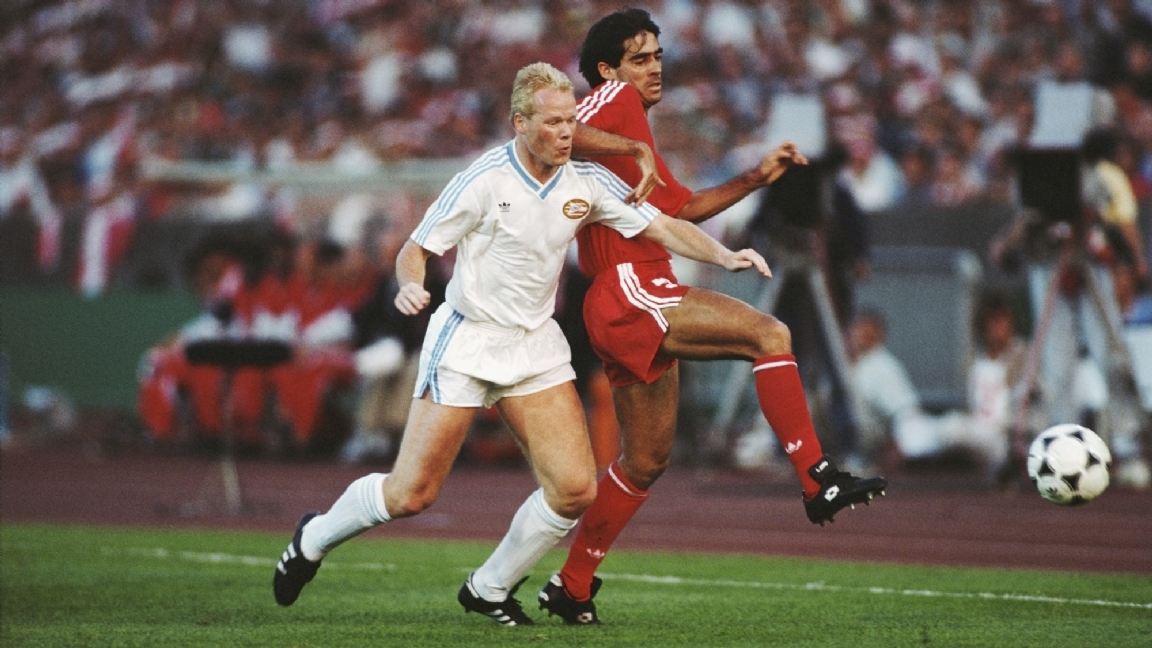
Guus Hiddink made Koeman the scoring libero at PSV that he would later prove to be.
Retracted forever
The libero like Beckenbauer would be preserved for a long time, especially in Germany. Despite this, the position has largely disappeared in modern football. As the libero used to deviate from his position to move into midfield, he is now stuck in that spot. The playmaker from the back is often the number 6, like Frenkie de Jong. Who appears between the central defenders to dribble in from there and divide the game. A place as the last man is experimental or incidental. “Ultimately I have to end up in midfield,” said De Jong himself about his change of position. After which he also doubted the effectiveness in modern football: “In the international top they don’t play with a type like me in defense. That is too vulnerable.” Although, trainer Xavi would also occasionally post him in that position at Barcelona later on. Would there still be room for the libero in 2023?
